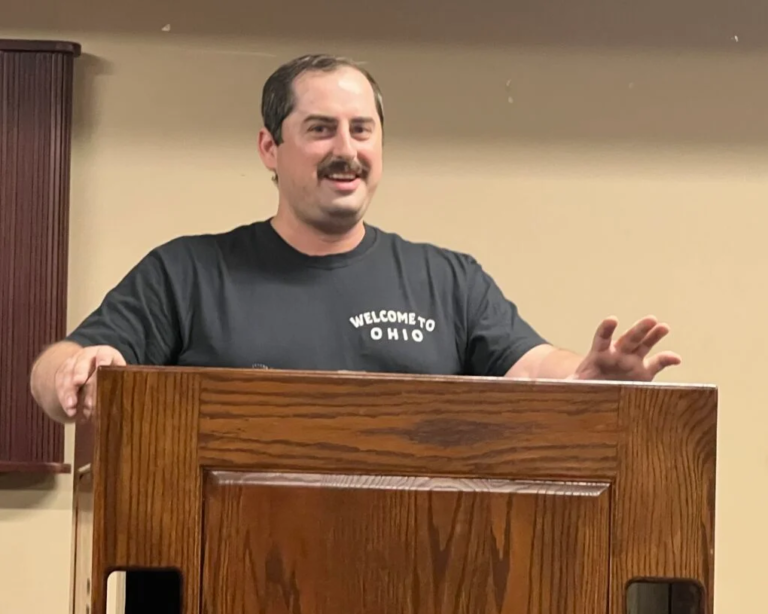We fear being forgotten in an age that remembers everything—where identity is curated, meaning is monetized, and silence is suspect.

There was a time when being online was a choice. We logged on, checked in, sent emails, and logged off. Today, we no longer visit the internet; we live in it. It follows us into work, into bed, even into our moments of grief and celebration. As the line between digital and real erodes, so too does our understanding of what it means to be human in a world where attention is currency and silence is a kind of absence.
This article explores the ways in which constant connectivity is reshaping our identity, our relationships, and our perception of reality. Not in theory, but in practice—and with consequences that continue to unfold.
1. The Digital Mirror: Identity in the Age of Constant Reflection
Online, we are not who we are, but who we present. Social media platforms encourage performance, reward image management, and blur the line between authenticity and curation. Over time, many users find themselves living through their online selves: filtering experiences not by how they feel, but by how they will appear.
The psychological toll of this dynamic is well-documented. Studies link excessive social media use to anxiety, depression, and feelings of inadequacy—especially among younger users. We perform, and the applause (or silence) defines our worth.
2. The Dopamine Economy
Every ping, like, and share activates the brain's reward center. This isn’t accidental—it’s by design. Platforms are engineered to keep us scrolling. Infinite feeds, autoplay videos, push notifications: these are not conveniences, but hooks. Behavioral design rooted in casino logic.
Unlike traditional addiction, however, internet use is often necessary: for work, for communication, for basic participation in society. This blurs the distinction between habit and dependence. When does checking your phone become a reflex, and when does it become a need?
3. Echo Chambers and the Collapse of Shared Reality
Algorithmic sorting means that no two people experience the same internet. Social media feeds are personalized, reinforcing existing beliefs and filtering out dissent. Over time, this creates echo chambers—digital environments where only certain viewpoints survive.
The result? A weakening of the shared reality required for democratic discourse. Facts become subjective. News becomes opinion. Debate becomes tribal warfare.
4. The Loneliness Paradox
We’ve never been more connected, yet reports of loneliness are at record highs. Much of our digital interaction is shallow—measured in likes, not in presence. Deep, sustained connection is rare.
Compounding this are parasocial relationships—one-sided connections to influencers or celebrities that mimic real bonds. These relationships can offer comfort but can also displace genuine human contact.
5. When Everything Is Content, Nothing Is Sacred
In a world where every moment is a potential post, privacy erodes. Grief is livestreamed. Arguments are clipped and uploaded. Even tragedy becomes content.
This has real consequences: for our empathy, our boundaries, our sense of what should remain unsaid or unseen. The line between sharing and exploitation grows thinner each day.
6. Digital Immortality and the Fear of Silence
We archive everything now. Our photos, messages, and memories live in the cloud. Our digital footprints may outlive us. And yet, many live with an ever-present anxiety: the fear of disappearing. Of being irrelevant. Of being offline too long.
The need to be seen, to be remembered, is not new. But the internet has amplified that desire, turning it into a kind of existential maintenance. We update to exist.
The internet is not just a tool—it's an environment. One we built, and one that's now reshaping us. As we navigate its impact, we must ask ourselves: Are we using it to connect, to learn, to grow? Or are we being used by it—our time, our data, our very sense of self fed back to us in an endless loop?
To be human in the digital age is to be constantly mirrored. Constantly watched. Constantly connected. And yet, perhaps more than ever, we crave a moment of genuine silence—not the kind that feels like absence, but the kind that feels like peace.



















